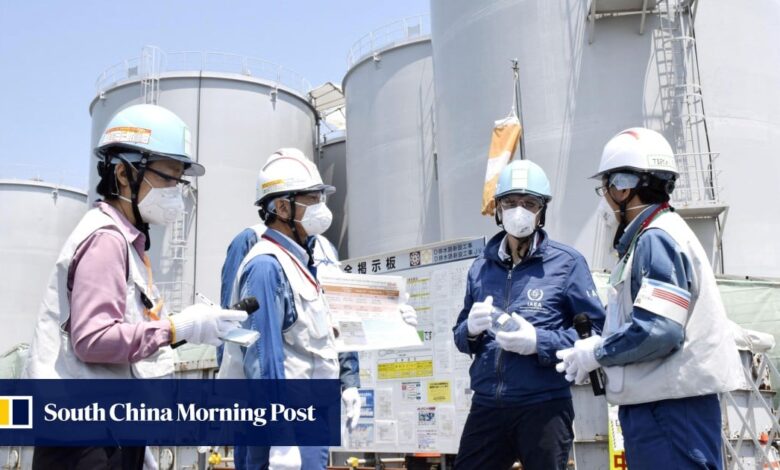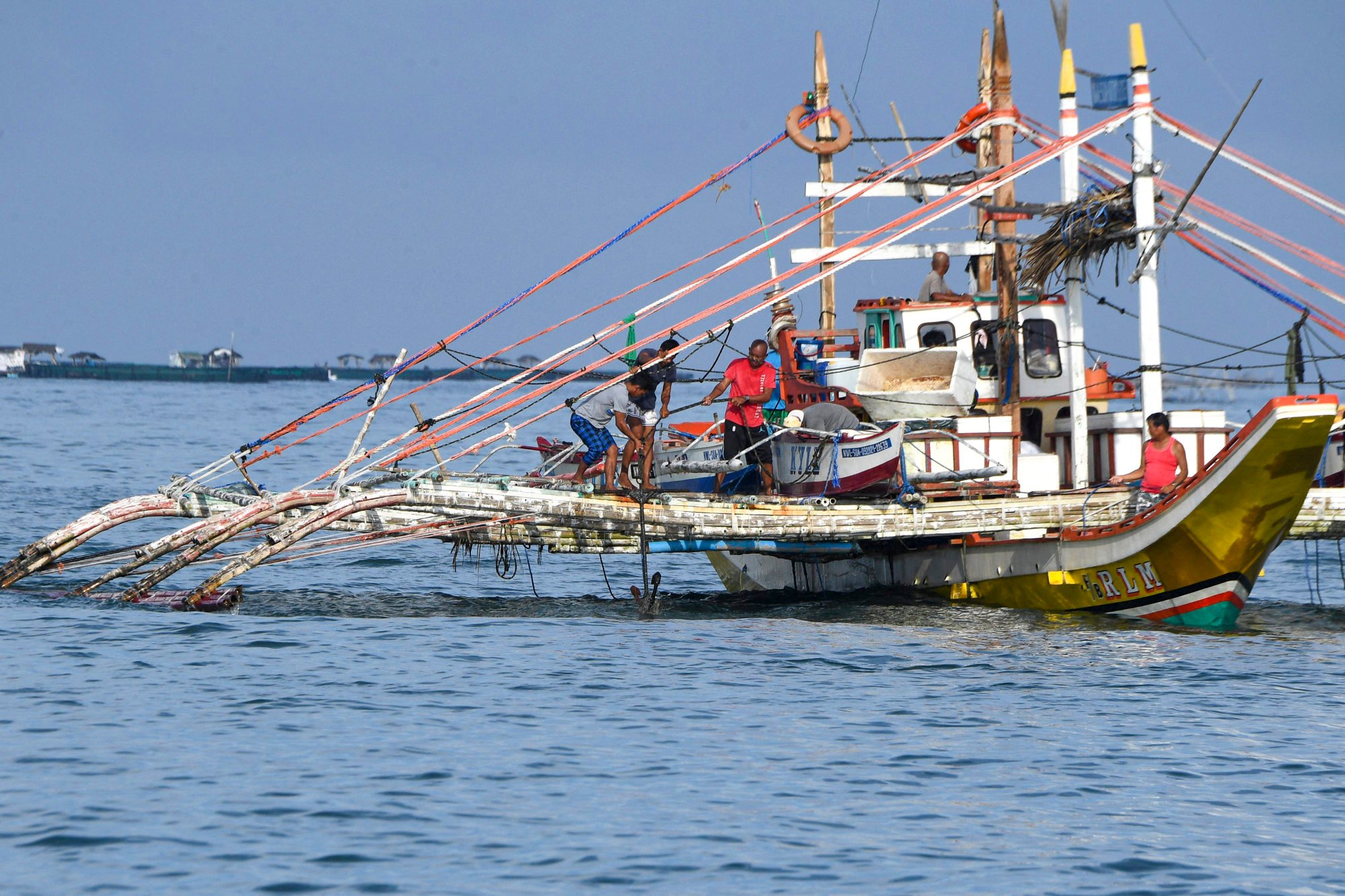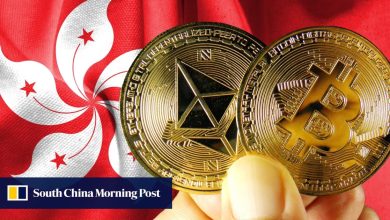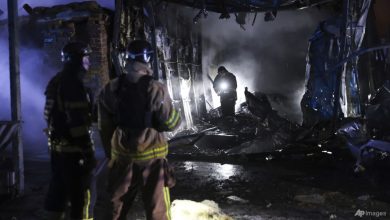Fukushima water release: Asian states to pursue nuclear energy plans despite recent protests

[ad_1]
Small modular reactors (SMRs), which are a fraction of the costs and size of traditional reactors, have stoked the interest of several nations, although they are unlikely to be built soon.
“Large SMRs are equivalent to power stations of 500-600 megawatts. It still requires a lot of work, a lot of funding and technology for them to be ready,” Bacobza said. “So yes it is moving, but it is slow.”
Ximena Vásquez-Maignan, a Paris-based counsel for White & Case, said there were currently around 80 SMRs, out of which only one, by the NuScale Power Corp in the United States, had been licensed.
Regulators around the world would take their time to review all aspects of SMRs, she said.
“There is a whole new market that is developing for small modular reactors because it can help industries to decarbonise. The World Nuclear Association has just established that to discuss that with end users [in September],” she said.
Nuclear [energy] is booming in Asia-Pacific and will continue to do so
Nuclear energy supplied 10 per cent of the world’s electricity and around a quarter of low carbon clean electricity last year, even though the amount dipped by 4.2 per cent year on year due to outages in France, reactor shutdowns in Germany and the halting of Ukraine’s Zaporizhzhia plant, said the World Nuclear Association earlier this month.
However, in Asia, nuclear generation rose by 5 per cent last year, more than doubling over the last decade, it said.
“Nuclear [energy] is booming in Asia-Pacific and will continue to do so since the region has a growing need for clean and 24/7 reliable and affordable energy,” said Andre Wakkar, an independent consultant and energy professional.
But he added that big nuclear plants made more commercial sense because of the economies of scale, with a 1,000MW reactor costing just three times that of a 100MW SMR.
On the other hand, proponents of SMRs argue that the units are suitable for smaller nations such as those in Southeast Asia, because they are more pocket-friendly and do not need large land parcels.
‘Act of terror’: South Korea’s divisions deepen over Fukushima water dump
‘Act of terror’: South Korea’s divisions deepen over Fukushima water dump
Minister of Economy Rafizi Ramli, who shared the stage with Nik Nazmi at the Energy Transition Conference in Kuala Lumpur on Tuesday, echoed the view, citing the “energy trilemma” of affordability, security and sustainability.
“I can say with clarity that I don’t think we can be choosy [about clean energy] and I prefer to be agnostic, so long as it meets all our stringent demands and requirements,” Rafizi said.
The protests that have followed the release of Fukushima waste water betrayed deep-seated fears about radioactive waste that shows people need to be educated about long-standing misbeliefs, experts say.
“While there is widespread public fear in many Asian countries, these fears seem to consistently neglect the yearly discharges of radioactive isotopes of their own nations,” said Matias Otero Johansson, an independent political scientist.
The safety of nuclear energy technology has come a long way since the Fukushima disaster in 2011, observers say.
“No one expected such a tsunami to hit, so it was more a result of poor placement or planning [in the building of Fukushima], and low elevation vis-à-vis the height of the normal tide line,” said Doug Woodring, founder of the Ocean Recovery Alliance non-profit. “A lot has been learned as a result, on both the positioning of plants, and redundancy on backup plans and emergency actions.
“The climate is changing faster than most [other than scientists] had expected, and there aren’t many large-scale solutions for consistent, reliable, clean-output power,” he added.

“The fish do not have a chance to grow larger, nor often reproduce, putting us in a downward spiral with fewer and fewer species, and smaller ones for those who are able to still survive,” he added. “The waters around Japan are less overfished than other waters in Asia, because their controls on overfishing are stronger and enforced.”
Most Southeast Asian countries have been pivoting more towards renewables, such as wind, solar, hydro and geothermal energy, said Ada Li, vice-president at Moody’s Investors Service, told This Week in Asia earlier in August.
She said nuclear power operators had higher financial pressure and execution risks, but supportive policies would mitigate nuclear operators’ financial pressure. “Continuous policy support in the research and development of new civilian nuclear power technologies (for example, SMRs) will enhance the long-term competitiveness of nuclear power and cultivate the technical expertise of staff.”
Technological advances for safer, structurally reinforced and climate resilient reactors with provision for safe waste disposal should help alleviate policy hurdles and public concerns about nuclear power, Li added.
Additional reporting by Hadi Azmi
[ad_2]
Source link






